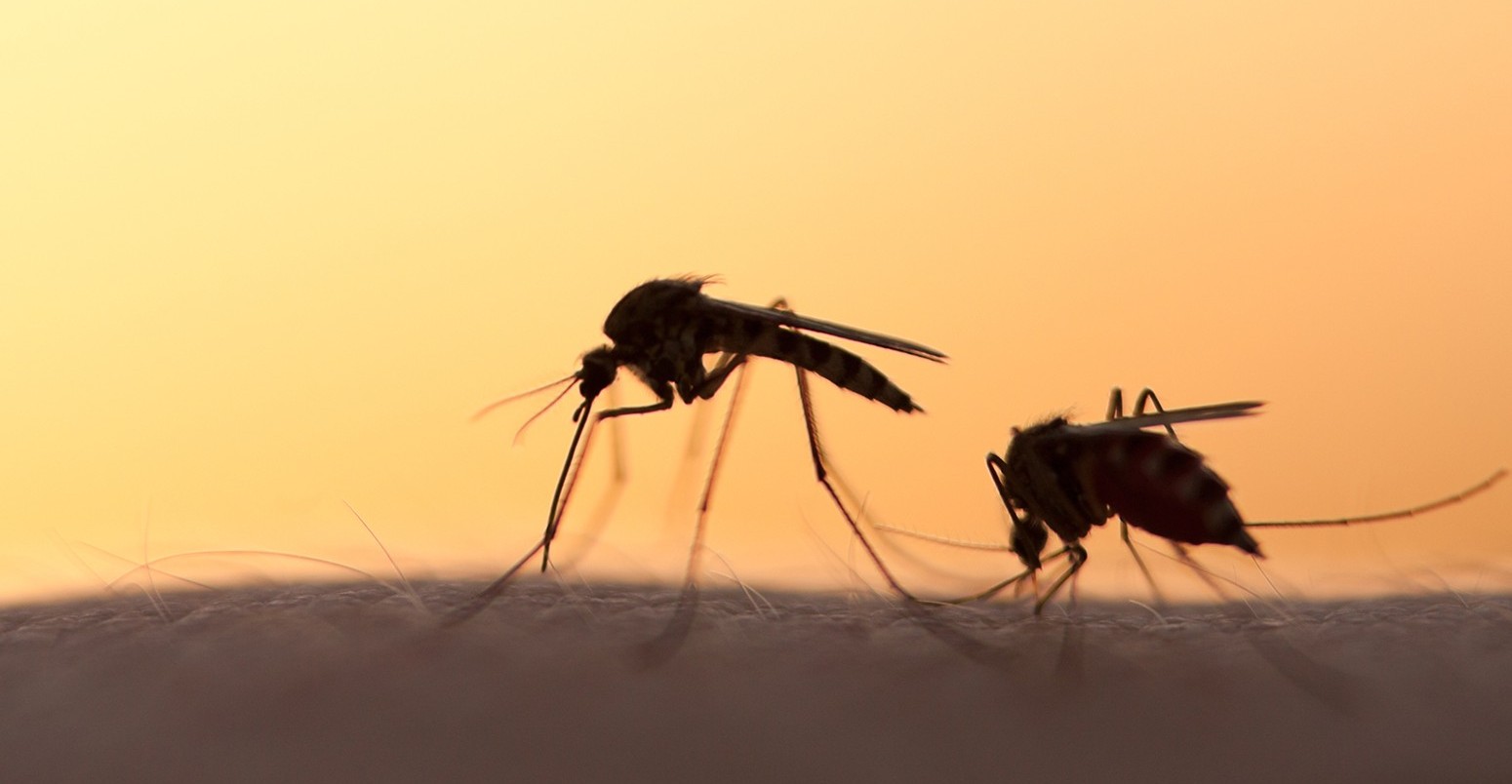
Scientists: Climate change is attracting more disease-carrying insects to the UK, but don’t panic
Roz Pidcock
02.16.15Roz Pidcock
16.02.2015 | 1:55pmDisease-carrying insects are finding new places to call home, according to new research. A Royal Society special issue finds that as the climate warms, traditionally tropical insects are spreading to more temperate regions, including the UK and Europe.
The UK could play host to a black and white-striped insect known as the Asian Tiger Mosquito by the middle of the century, one paper finds.
As The Times reported today:
But it’s important not to overreact, the scientists involved tell Carbon Brief. While new health risks need careful monitoring, a public-health emergency isn’t on the cards in the UK.
New, unfamiliar territory
Disease-carrying insects, such as mosquitoes and ticks, respond very quickly to changes in their surroundings. Dr Paul Parham, expert in health and public policy at the University of Liverpool and organiser of the special issue, explains:
As new habitat becomes suitable and the insects expand their geographical ranges, scientists expect the UK could be exposed to new diseases. Parham tells Carbon Brief:

Habitat suitability for the Asian Tiger mosquito expressed as the increase between 2000-2009 and 2045-2054 (a) North America and (b) Europe. Source: Proestos et al. (2015).
Southern parts of the UK already offer a suitable habitat for the Asian Tiger Mosquito, which scientists expect to increase in the next 35 years as temperatures rise. The Times says:
While the potential impact on human health is arguably one of most important effects of climate change, predicting the scale of the risk in a given place is difficult, says Parham.
So, how worried should we be?
A complex set of causes
Many factors other than temperature affect the spread of disease, Yiannis Proestos, researcher at the Cyprus Institute and lead author on the Asian Tiger Mosquito paper, tells Carbon Brief:
So, while climate change might govern the global distribution of a disease, other factors will determine the magnitude and extent of an outbreak. This means making predictions based on how temperatures are expected to change is far from straightforward, Parham explains:
Added difficulty comes from uncertainty in climate projections, particularly at regional and local scales that scientists need to determine how quickly a disease might spread, Parham says.
The insects themselves could change how effectively they carry disease, Dr Nina Fefferman from Rutgers University, lead author on another of the special issue papers, tells Carbon Brief. She says the mosquitoes’ DNA can evolve faster than scientists previously thought when the climate in their habitat changes:

Other papers in the special issue focus on blacklegged ticks, the cause of Lyme disease in Northeastern North America “The Wood Tick”. Credit: Shutterstock.
A nuanced debate
The uncertainty around projections means there needs to be a bit more subtlety when talking about disease and climate change, says Prof Andrew Townsend Peterson, a specialist in ecology and evolutionary biology at the University of Kansas and co-author of one of the special issue papers on the global distribution of mosquitoes. He tells Carbon Brief:
The latest report from the Intergovernmental Panel on Climate Change says local changes in temperature and rainfall have altered the distribution of some disease vectors. But it adds that at present, the worldwide burden of human ill-health from climate change is relatively small compared with effects of other stressors, and is not well quantified.
Gradual shifts and invasions of vectors into new areas will have implications for public health, but as long as some basic precautions are taken at harbours and airports, for example, there’s no need to panic about the Asian Tiger Mosquito in the UK, says Proestos.
On a global scale, there’s a lot to be gained by being more proactive when it comes to emerging health risks, says Parham:
The study of vector-borne diseases is a rapidly developing field, but many challenges remain. The research published in this special issue of papers is vital for developing better public health policies based on the latest evidence, Parham concludes.
Main image: Mosquitos on human skin at sunset.
-
Scientists: Climate change is attracting more disease-carrying insects to the UK, but don't panic

